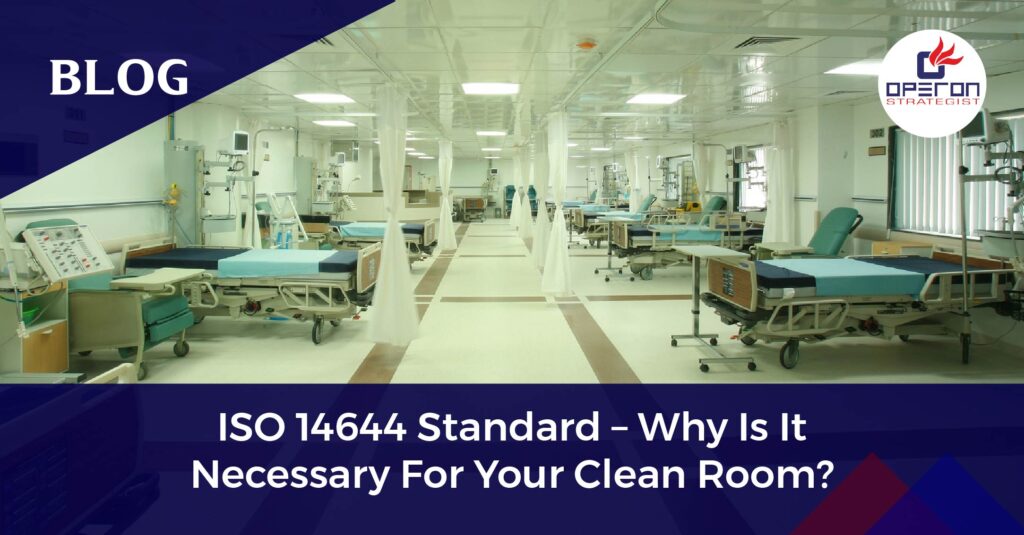Safe Injection Syringes :
There are many reasons to enhance the safety of administering injections, The price and chronic shortage of medical supplies force desperate measures, which include reuse of single-use injection equipment.
Moreover, scientific studies reveal that administering injections is not only a risk for medical personnel but also for ancillary staff such as cleaners, laundry workers or laboratory technicians.
Injected medicines are usually utilized in healthcare settings for the prevention, diagnosis, and treatment of different diseases. Risky injection practices put patients and healthcare suppliers in danger of contagious and non-infectious inauspicious events and have been related to an extensive variety of methods and settings. This harm is preventable. Safe injection uses are part of Standard Precautions and are focused on maintaining essential levels of patient safety and provider safety. In the US, the CDC estimated that up to 88% of sharps injuries in hospitals could be prevented by using safer medical devices
It is common that giving injections using nonsterile methods can cause a blister and transfer life-threatening contagious diseases, including hepatitis B, hepatitis C and HIV. Not only do unsafe injection practices pose a direct danger to the recipient and health worker, but improper disposal of used injection equipment presents a continued risk of infection and an environmental hazard to individuals and local communities.
The safety of injections, including the proper disposal of used injection equipment, is, therefore, a concern for the entire healthcare sector.
In 2015, the WHO launched a new policy on injection safety, in an attempt to lower the risks of injury and disease transferral, calling on the international community to handle to safety-engineered syringes, whenever suitable by 2020. It provided highly detailed injection safety guidelines, which defined a number of safety features for syringes that not only protect the receiver of the injections but the healthcare worker who take responsibility to handle them as well.
The WHO highlighted that the transmission of infection is not just limited to developing countries as reuse of syringes happens in many places. “Assumption of safety-engineered syringes is totally critical to safeguarding people worldwide from becoming infected with HIV, hepatitis and other diseases. This should be a crucial preference for all countries,” said by Director of the WHO HIV/AIDS Department, in a press release provided at the time the principle was launched.
The WHO guidelines, issued in 2015 based on the use of safety-engineered syringes for intramuscular, intradermal and subcutaneous injections in healthcare background provides fundamental rules for syringes with definitions of ISO 23908 “sharps injury protection” that features requirements and test methods for single-use hypodermic needles, introducers for catheters and needles used for blood sampling, which provides internationally agreed minimum standards to reduce the risk of injury from sharps. ISO 23908:2011 offers with necessity and test methods for analyzing the performance parameters of sharps injury protection attribute whether active or passive in design, for medical devices. The sharps injury protection may be provided fundamental to the device or combined with the device preceding to use to achieve the sharps injury protection. As it does not give requirements for the storage and handling of the sharps protection before its intended use, or for the medical device itself.
In addition, the ISO 7886 series, which specifies properties and requirements for sterile single-use hypodermic syringes, also covers auto-disable syringes (ISO 7886-3) and syringes with reuse prevention features(ISO 7886-4). This makes it a highly useful tool both for the manufacturers that produce them and for users who can rest easy in the knowledge that the syringes meet minimum requirements for quality and safety.
The WHO document mentioning safety-engineered syringes stating to their ISO definition to provide an appropriate characterization of the safety mechanism of each type of syringe and allow a common perception between all guideline users. These ISO standards are upgraded regularly to confirm that they continue to meet the demands of manufacturers and users and take into consideration any new technologies that will provide to reducing the risk of transmissible diseases.
But it doesn’t stop there. William Dierick, who initially led the standards development work on auto-disabling syringes as part of ISO technical committee ISO/TC 84, Devices for administration of medicinal products and catheters, says ISO’s expert committee on syringes is continually evolving and evaluating its work to develop standards that meet the needs of injection use in more and more settings. “We also have other standards that focus on the requirements for devices to be used by specific groups, such as visually impaired patients and certain age groups,” he adds.
“Whatʼs more, our standards were originally focused on devices for use by healthcare professionals, but with the increased number of devices for self-administration, we decided to expand the work to include pen-injectors, auto-injectors and body-worn injectors. This will lead to a more efficient and convenient administration of the medicinal products, with great benefits for healthcare systems and patients.”
All of this bodes well for countries as they approach the WHO’s 2020 deadline, urging them to transition to safety-engineered syringes whenever appropriate. It also paves the way for achieving some of the UN’s Sustainable Development Goals while saving lives in countries where the reuse of syringes remains high.
Operon Strategist assists companies and medical device manufacturers by providing medical device consulting regulatory services that support the registration of drug-device Combination Products.
We have experience with each constituent part and the GMP regulations that together form the basis for their development and manufacture: Drug (21 CFR 210/211), Device (21 CFR 820) and 21 CFR Combination Products (21 CFR Part 4)
- adminhttps://operonstrategist.com/author/admin-2/
- adminhttps://operonstrategist.com/author/admin-2/
- adminhttps://operonstrategist.com/author/admin-2/
- adminhttps://operonstrategist.com/author/admin-2/





